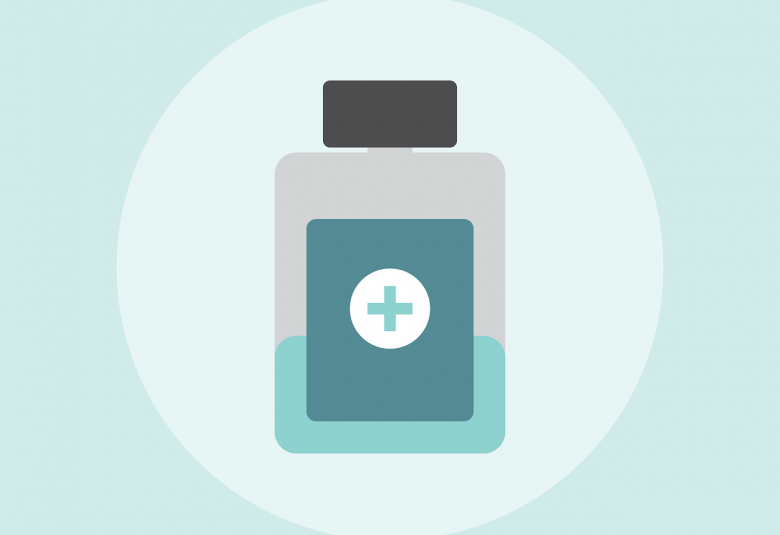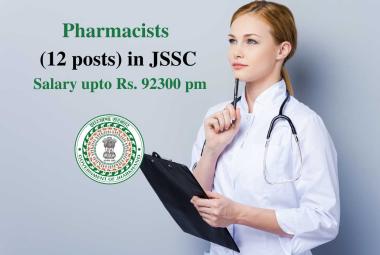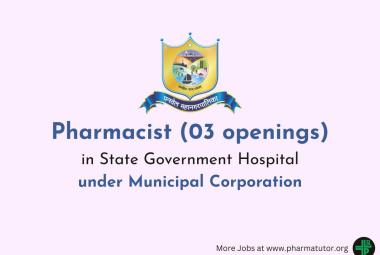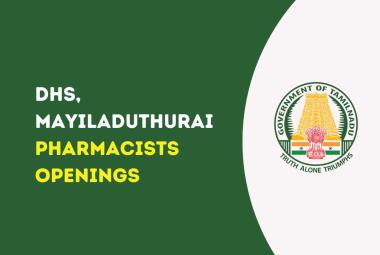About Authors:
Rajkumar Bolledula*, Priyanka.Mare1, Sunanda.Mare2
*Department of pharmaceutical analysis, Assistant professor in MITS college of pharmacy, H.No.41-64-s, saibabanagar, Kurnool-518004, A.P, India.
1.Department of pharmaceutics, Assistant professor, Mits college of pharmacy, Block .no.mc2/2, singareni colony, tekulapally,yellandu,khammam-507123,A.P,India
2.Department of pharmacology, J.K.K.Natarajan college of pharmacy, Salem, Tamil Nadu
ABSTRACT
This article describes the quantitative determination of percentage of drug concentration in pure and in formulated pharmaceutical dosage forms by using RP-HPLC. Procedure does not require prior separation of components from the sample.The mobile phase consists of methanol-water (80:20 v/v) for RP-HPLC with injection volume of 20μl.The RP-HPLC method was developed on a C-8 (150x4.6mm) column with detection carried out by variable wavelength detector at 209nm and 220 nm for ramipril, cardace, odopril respectively…Thus the Rt values obtained for different dosage forms are 1.59,1.44,1.34,1.35…..respectively with the concentration of 100% for pure drug and 97.54%,91.03%,65.76%.......respectively.
[adsense:336x280:8701650588]



 About Author:
About Author: About Author:
About Author: About Author:
About Author: 





